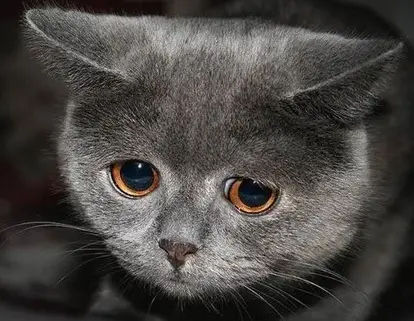Pet urine stain removers are your best ally when it comes to bringing back the former flair of your hardwood floor. Pets are pets, whether they are being territorial or just simply couldn’t hold themselves, instances like this can happen on any day. Trained or untrained, whether or not you forgot to let them out, this can happen and when it does, it can cause 2 problems on your hardwood floors: first, the smell and second, the stain when the urine seeps in. The smell is easier to manage compared to the stain but don’t worry, all is not lost. We have some steps below on how to clean pet urine on hardwood floors.
How to remove the smell?

www.petswelcome.com
The smell of the pet urine is very unpleasant and can be downright irritating that it affects the concentration of others and leaves them distracted. While most of us will get bleach, soap or other available chemical cleaners that smells good, it is wiser to go to the kitchen and use these less popular but often readily available remedies…that and some chemical cleaners might actually cause more harm to you hardwood flooring aside from the smell.
These common items found in the kitchen include:
-
Baking soda. Wipe off the urine. Once the floor is dry, sprinkle generous amounts of baking soda over the part where the urine was. Leave it there for an hour before sweeping it away. Baking soda absorbs the bad smell on the floor.
-
Charcoal. Charcoal has been known as a great odor-absorbing material, its not unusual to keep or find charcoal hidden from plain site in the kitchen for that purpose. SO in order to keep the whole surrounding smell-free, its a great habit to have: placing a wire tumbler of charcoal on every corner of the house. Apart from the smell of urine, charcoal also absorbs other impurities such as fur odors and smoke.
-
Vinegar. Another known wonder cleaner from the kitchen is vinegar. While it has a strong sour smell, its acidic properties works wonders in eliminating the urine’s stench. To use vinegar on pet urine: prepare a mixture that is on a 1 is to 1 proportion of water and vinegar. Scrub it over the part where there was urine. Do not worry about the smell of the vinegar. It will hang around for about an hour. When the smell of the vinegar is gone, you will be surprised that the smell of the urine is gone, too.
How to remove pet urine stain on hardwood floors?

pets.thenest.com
Hardwood floors are really low maintenance and do not need to be frequently replaced regularly, in fact they are only replaced when they have been damaged beyond repair. Most well maintained hardwood flooring can last longer than our lifetime. Waxing, annual staining and refinishing are 2 of the main activities done to preserve hardwood flooring.
When it comes to pet stains, here are a few quick steps to follow:
In general, pet urine do not stain – that is if you act quick enough and follow the cleaning steps we discussed earlier. However should the urine go unnoticed and be left on the floor for a day or even longer, then we have a problem there because by that time, it is possible that the urine has already penetrated the finish, of the wood itself if the floor has no finish at all. Dark spots may be present and it can be hard to get rid of.
First is to try and scrub the stain off the wood. If that don’t work, try adding small amounts of bleach on the affected area. Should there still be stains, then we have to resort to sanding. Now remember to be very careful when sanding. Try to keep the activity on the affected surface and keep it as small as possible.
After you have successfully sanded of the stains, remember to re-apply stain and finish off with a coat of varnish. Allow to dry before use. Now in rare extreme cases that the stain is too much or too stubborn, then replacing the wood plank might be called for.
Hardwood is basically a pet friendly flooring material, you just have to train your pets properly and be prepared to quickly clean up the mess should training fail.

